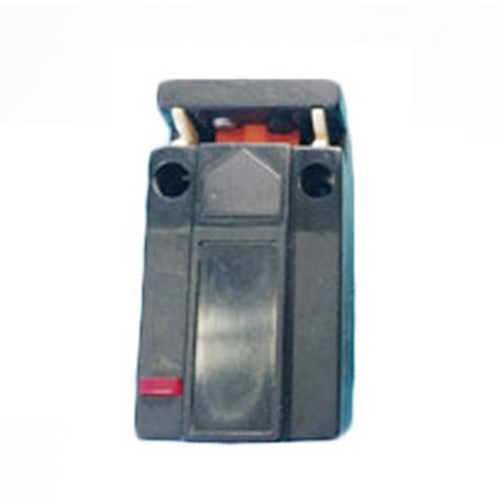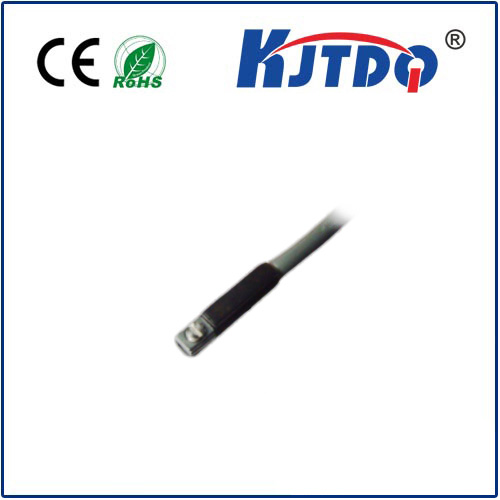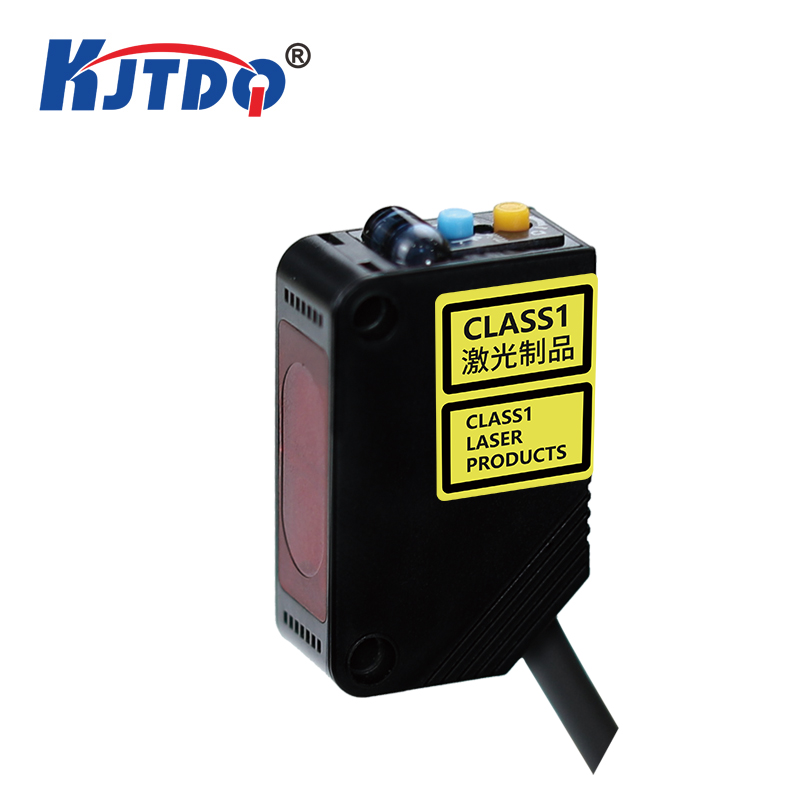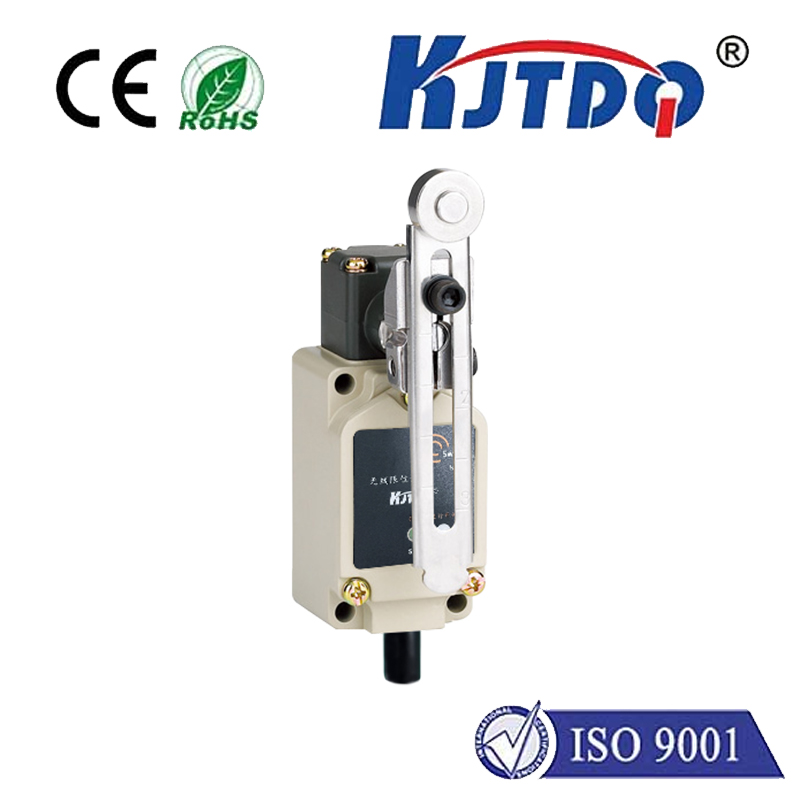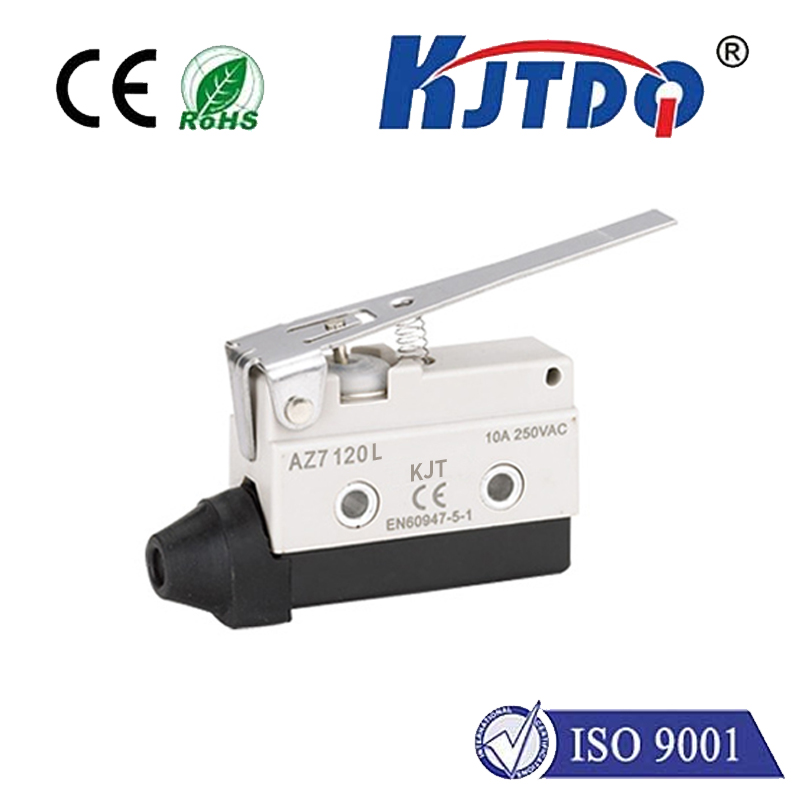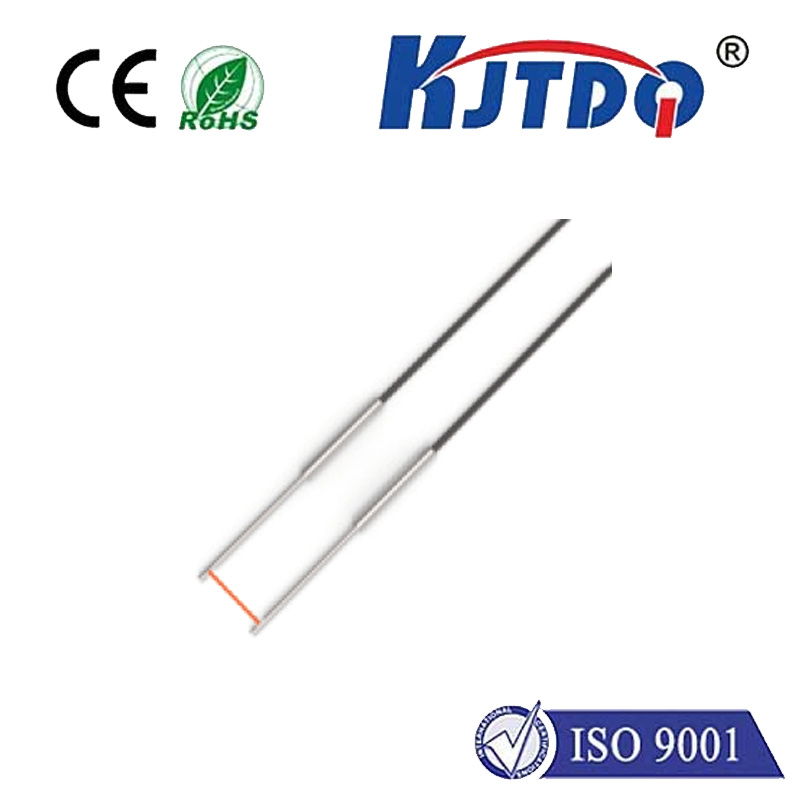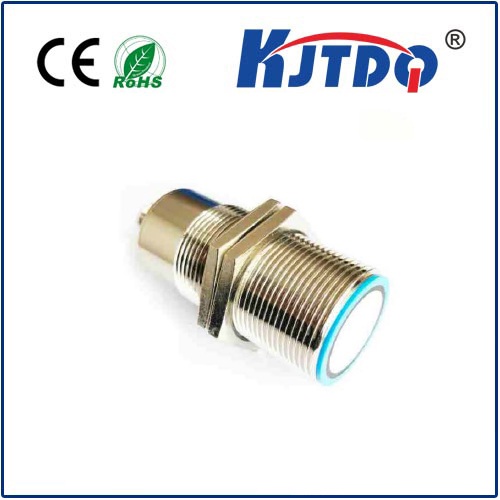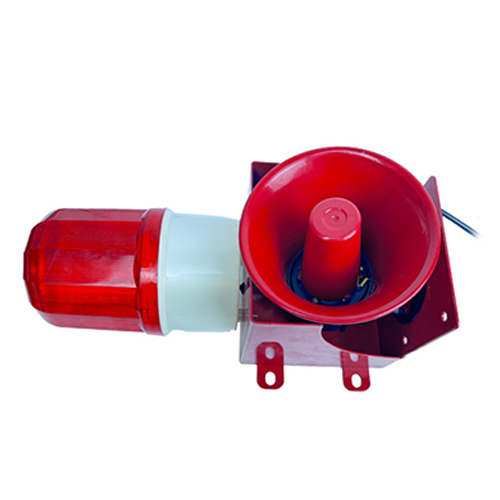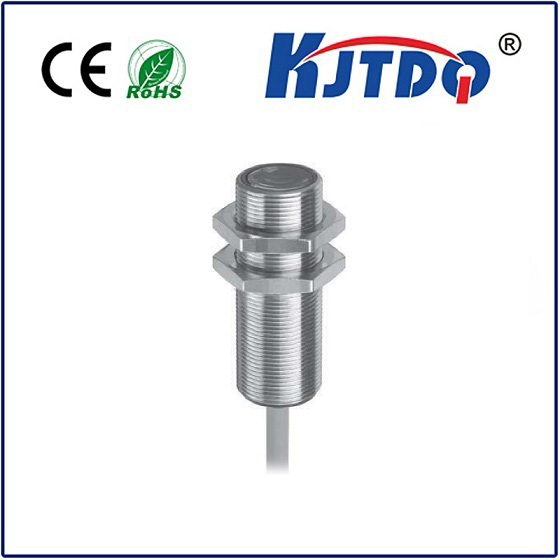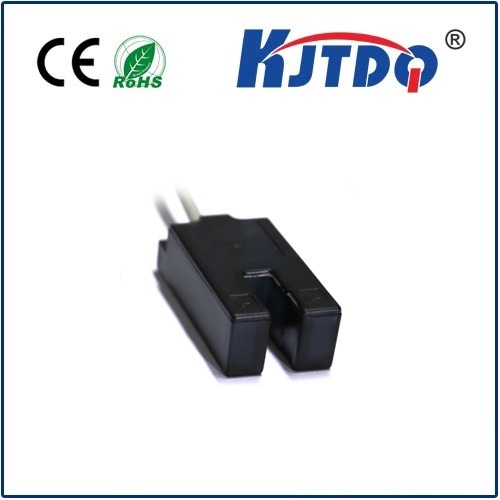

check

check

check

check

check

check

check

check

check

check

Title: Innovative Temperature Monitoring with Fibre Optic Sensors In the rapidly evolving world of technology, precise temperature monitoring has become crucial across various industries. One of the most groundbreaking developments in this realm is the advent of fibre optic temperature sensors. These advanced devices open up new possibilities for accurate and reliable temperature measurements in environments where traditional sensors may fall short. Understanding Fibre Optic Temperature Sensors A fibre optic temperature sensor leverages the unique properties of optical fibres to detect temperature changes. Unlike conventional electrical-based sensors, these sensors use light to transmit information, which offers several distinct advantages. Firstly, they are immune to electromagnetic interference, making them ideal for use in high-interference environments such as power plants or medical imaging equipment. Secondly, their small size and flexibility allow for easy integration into tight spaces or irregularly shaped objects. Key Benefits of Fibre Optic Temperature Sensors One of the standout benefits of fibre optic temperature sensors is their exceptional accuracy. By measuring the shift in spectral characteristics of the light passing through the fibre, these sensors can detect even minute changes in temperature. This level of precision is essential in critical applications like structural health monitoring of buildings and bridges or in the careful control of chemical processes within pharmaceutical manufacturing. Another advantage is safety. In explosive or hazardous locations, such as oil rigs or chemical plants, traditional electrical sensors pose a risk of igniting flammable gases. Fibre optic sensors, being non-conductive and non-sparking, eliminate this danger altogether, ensuring safer operations in高风险 environments. Applications Across Various Industries The versatility of fibre optic temperature sensors makes them suitable for a wide range of applications. In the healthcare sector, they are used for minimally invasive body temperature monitoring and thermal ablation procedures. The food and beverage industry utilizes these sensors for quality control during heating and cooling processes, ensuring products are maintained at optimal temperatures throughout production and storage. Environmental monitoring also benefits greatly from fibre optic technology. They provide scientists with the means to accurately track temperature changes in sensitive ecosystems, aiding in climate change research and conservation efforts. Additionally, in the transportation industry, these sensors monitor engine temperatures and other critical systems, enhancing vehicle safety and performance. Future Prospects and Innovations Looking ahead, the future of fibre optic temperature sensing holds immense potential for further innovation. Advances in materials science could lead to even more durable and efficient sensors capable of withstanding harsher conditions. Integration with Internet of Things (IoT) platforms promises real-time monitoring and data analytics on an unprecedented scale, enabling proactive maintenance and smarter process controls across myriad sectors. Furthermore, as researchers continue to explore new techniques for increasing sensor sensitivity and reducing costs, we can expect to see these technologies become more accessible to a broader range of industries and applications. In conclusion, fibre optic temperature sensors represent a significant leap forward in temperature monitoring technology. With their superior accuracy, safety features, and adaptability, they are poised to revolutionize how we measure and manage temperature across countless fields. As innovation progresses, one thing is certain – the impact of fibre optic temperature sensors will only continue to grow, shaping a smarter, more efficient future.
